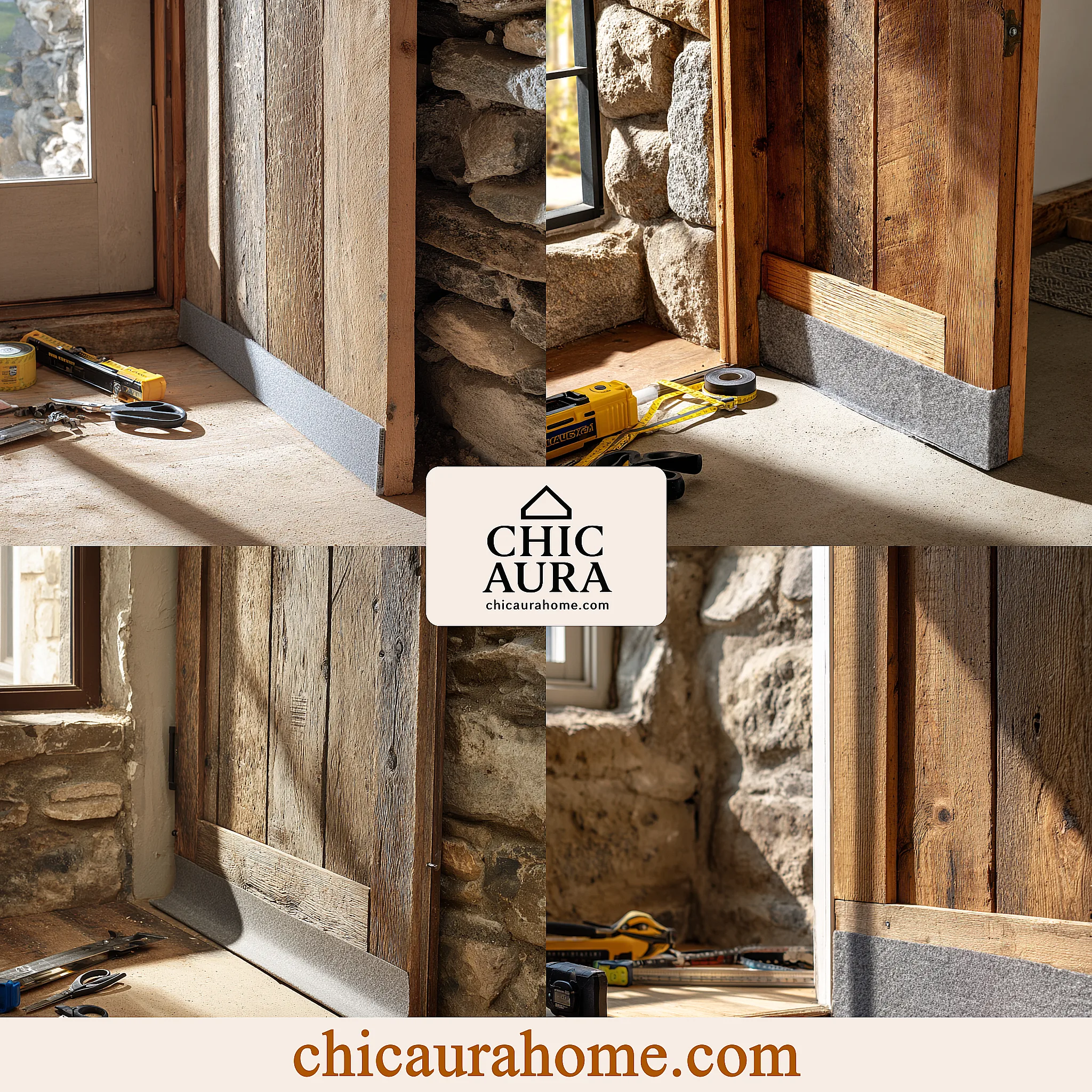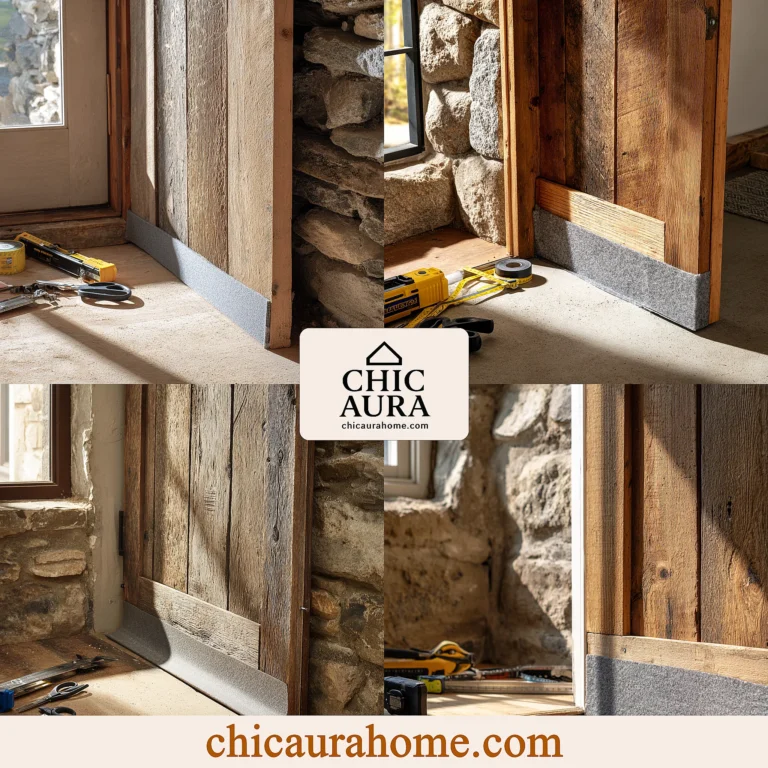
Weatherstripping for barn door gaps is not just about enhancing the aesthetic appeal of your space; it’s a crucial step towards energy efficiency and comfort. Gaps in barn doors can lead to significant heat loss, unwanted drafts, and even pest invasions. With over 40% of home energy loss attributed to poorly sealed doors and windows, addressing these gaps with effective weatherstripping solutions can lead to substantial savings on energy bills. This guide will explore the best practices for selecting and installing weatherstripping for barn door gaps, ensuring your home remains cozy and energy-efficient all year round.
Understanding the Importance of Weatherstripping for Barn Door Gap
Weatherstripping for barn door gaps plays a pivotal role in maintaining the energy efficiency of your home. These gaps, often overlooked, can be the primary source of drafts and energy loss. By sealing these gaps, homeowners can enjoy a more comfortable living environment while reducing their carbon footprint. There are various materials and methods available for weatherstripping, each suited to different types of gaps and environmental conditions. Selecting the right one is key to achieving optimal results.
Top 40 Weatherstripping Solutions for Barn Door Gaps
From adhesive foam tapes to door sweeps, the market offers a plethora of weatherstripping solutions designed to seal barn door gaps effectively. Adhesive foam tapes are ideal for small to medium gaps, providing an easy-to-install solution that doesn't require professional help. For larger gaps, door sweeps or bottom seals can offer a more durable solution. Magnetic weatherstripping is another innovative option, offering a tight seal that's both effective and aesthetically pleasing. This section will delve into 40 of the best weatherstripping solutions, helping you find the perfect match for your barn door.
Step-by-Step Guide to Installing Weatherstripping on Barn Door Gaps
Installing weatherstripping for barn door gaps is a straightforward DIY project that can yield immediate benefits. The first step is to measure the gap accurately to select the appropriate weatherstripping material. Next, clean the area around the gap to ensure the adhesive sticks properly. For adhesive tapes, simply peel and stick along the gap, pressing firmly to secure. For more permanent solutions like door sweeps, you may need to drill or screw them into place. This guide will provide detailed instructions for each type of weatherstripping, ensuring a seamless installation process.
Conclusion
Sealing barn door gaps with the right weatherstripping solution can dramatically improve your home's energy efficiency and comfort. With over 40 options available, homeowners can easily find a solution that fits their specific needs and budget. Beyond the immediate benefits of reduced drafts and lower energy bills, weatherstripping also contributes to a more sustainable living environment by minimizing energy waste. As technology advances, we can expect even more innovative and effective weatherstripping solutions to emerge, making it easier than ever to keep our homes sealed against the elements.
Frequently Asked Questions
Q: What is the best type of weatherstripping for large barn door gaps?
For large barn door gaps, door sweeps or bottom seals are often the most effective solution. They provide a durable seal that can withstand frequent use and varying weather conditions.
Q: Can I install weatherstripping on my barn door myself?
Yes, most weatherstripping solutions are designed for easy DIY installation. Adhesive tapes and magnetic strips can be applied without any special tools, while door sweeps may require basic drilling or screwing.
Q: How often should weatherstripping be replaced?
The lifespan of weatherstripping depends on the material and exposure to elements. Foam tapes may need replacement every 1-2 years, while more durable materials like silicone or metal can last several years. Regular inspection will help determine when replacement is needed.

